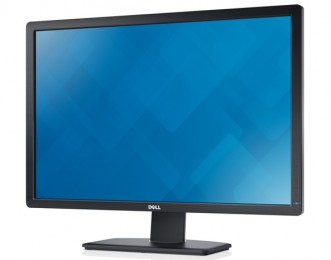 It has not even launched yet but the iPhone 6 is already causing a few headaches for the fruity purveyor of expensive toys, Apple.
It has not even launched yet but the iPhone 6 is already causing a few headaches for the fruity purveyor of expensive toys, Apple.
Word on the street is that Apple cannot get enough screens ready for the new iPhone 6 smartphone because at the last minute it needed to redesign a key component.
The product was due to be announced next month and would be Apple’s first significant product launch in a while. The tame apple press are calling the problems a “hiccup” and are uncertain if this could delay the launch or limit the number of phones initially available to consumers.
Two supply chain sources said display panel production suffered a setback after the backlight that helps illuminate the screen had to be revised, putting screen assembly on hold for part of June and July.
Apple, wanted to cut back to a single layer of backlight film, instead of the standard two layers, for the 4.7-inch screen, which went into mass production ahead of the 5.5-inch version.
But the new configuration was not bright enough and the backlight was sent back to the drawing board to fit in the extra layer, costing precious time and temporarily idling some screen assembly operations.
A delay however would be a nightmare for Apple which wants larger-screen iPhones for the year-end shopping season to match those of its much cheaper rivals.
This is the second time that the iPhone 6 has had problems with its screen. Earlier there were reports of another screen technology problem, since resolved, in making thinner screens for the larger iPhone 6 model.
The fruity cargo cult is planning one of its Nuremburg rallies for the faithful in Cupertino on September 9. At this event many of the US’s finest technology writers are enthusiastically willing to sacrifice any shred of credibility they may have by standing up and cheering when Tim Cook releases a product which is more or less the same as everything else on the market.
Apple is expected to unveil the new iPhone 6 with both 4.7 inch and 5.5 inch screens – bigger than the 4-inch screen on the iPhone 5s and 5c, but about industry standard for Android phones.






